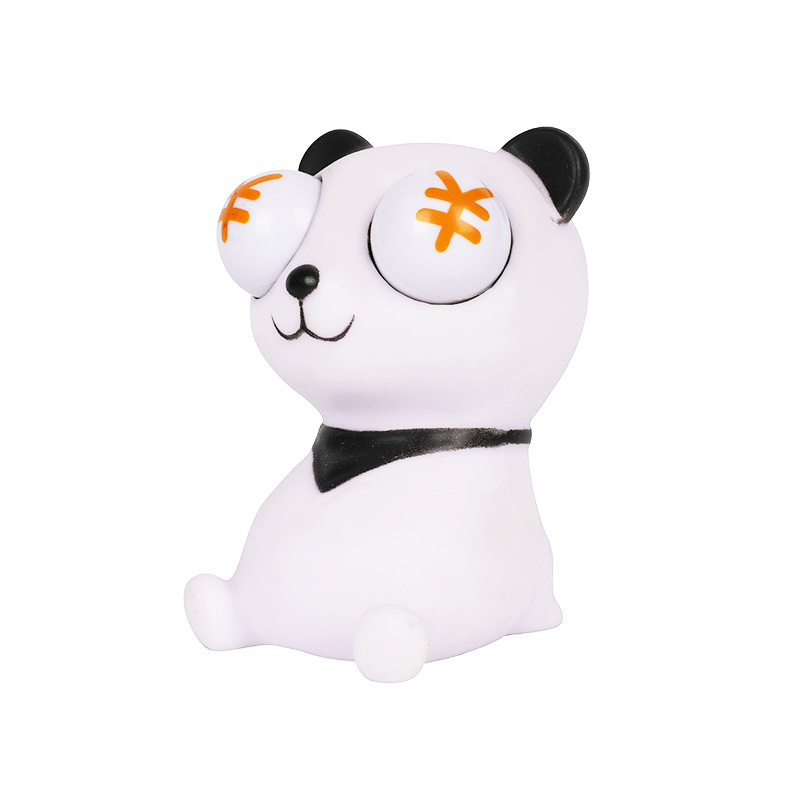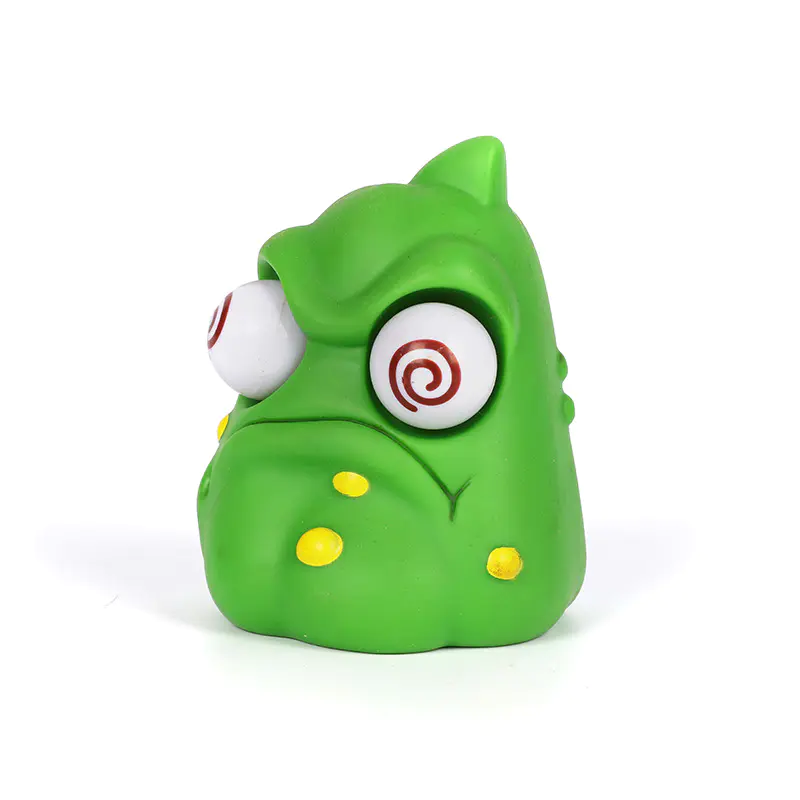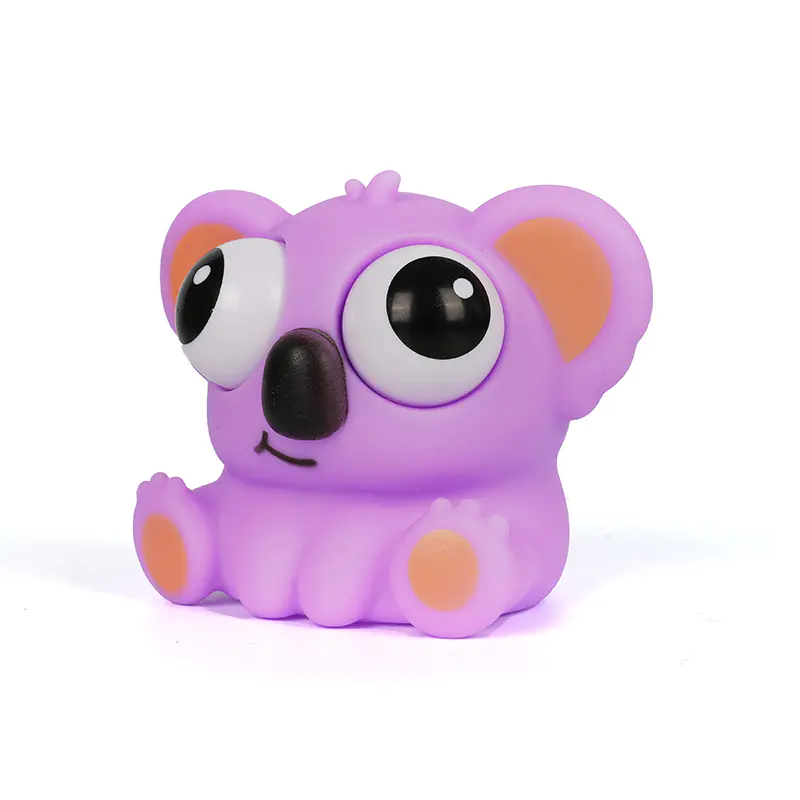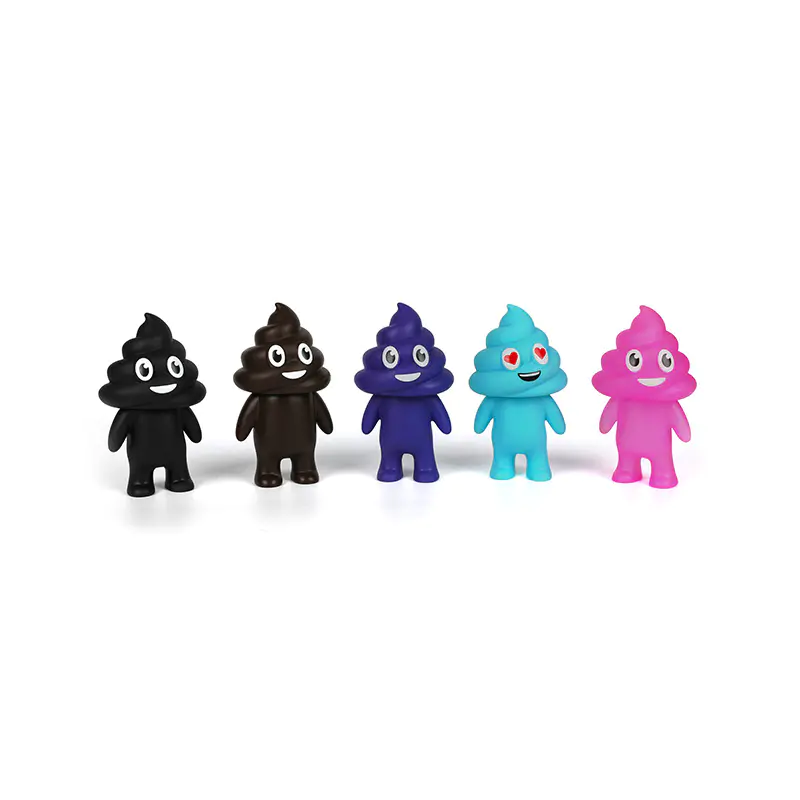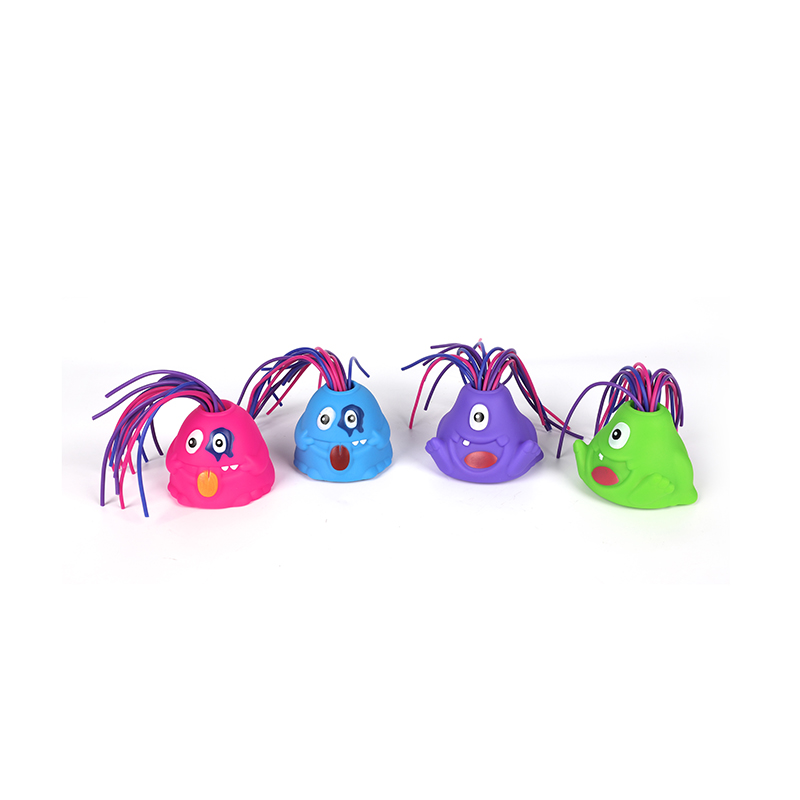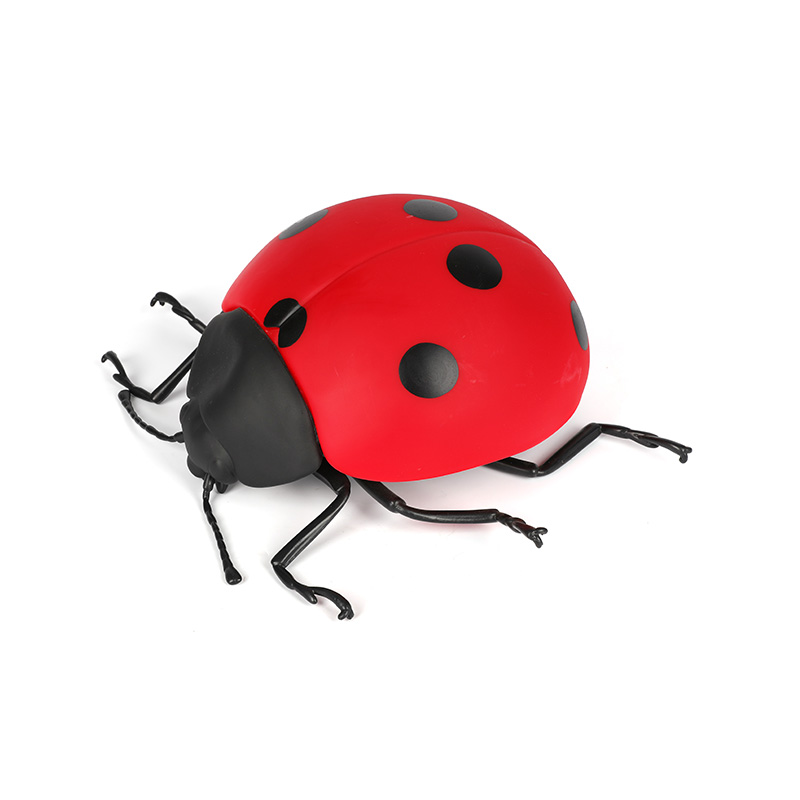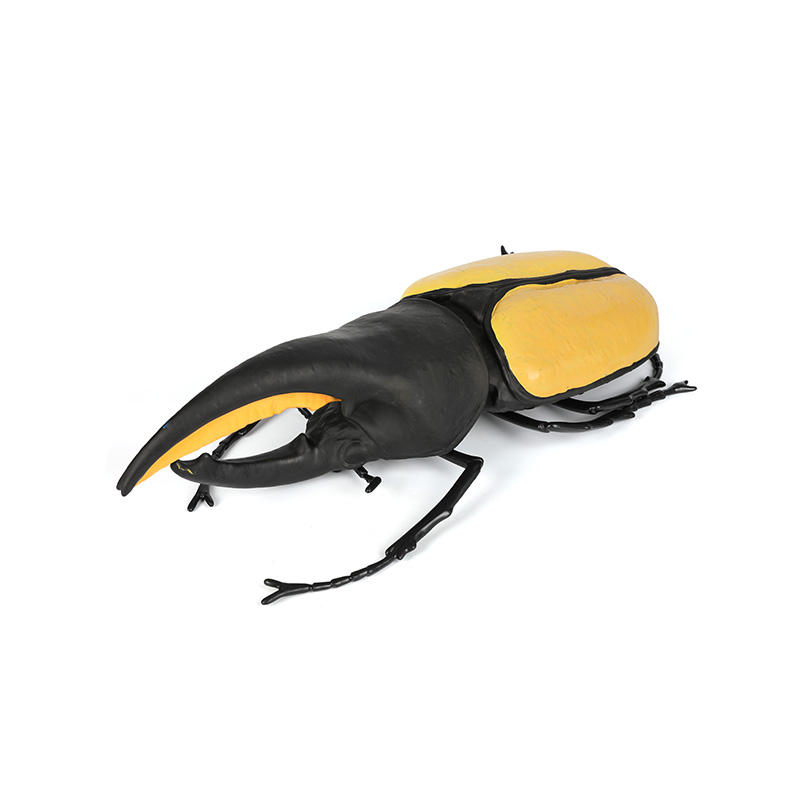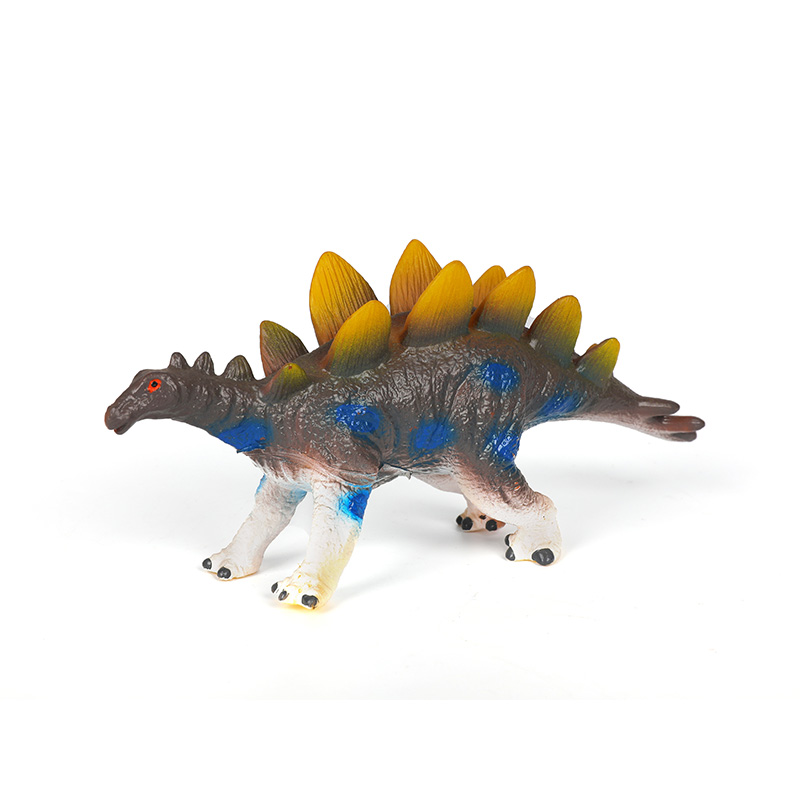- Type:
- Industry News
- Date
- 2025-Sep-19
The Psychological and Emotional Benefits of Duck Toys
For young children, play is more than just a way to pass the time—it is a vital part of emotional and psychological development. Among the many toys available, the Duck Toy stands out as a simple yet highly effective tool for comfort, emotional support, and stress relief. This article explores how Duck Toys contribute to the mental well-being of toddlers and young children, emphasizing their role in sensory play and emotional regulation.
Comfort and Emotional Support
A Duck Toy often becomes a child’s first companion, providing a sense of familiarity and safety. For toddlers, who are learning to navigate a world full of new experiences, the soft texture, cheerful appearance, and gentle presence of a Duck Toy can offer reassurance. The toy acts as a transitional object, helping children feel secure when separating from parents or caregivers.

Many toddlers develop strong attachments to their Duck Toys, carrying them during bedtime, bath time, or even while exploring new environments. This attachment fosters a sense of continuity and stability, which is essential for emotional development. The Duck Toy becomes a source of comfort during stressful situations, allowing children to regulate their emotions and cope with uncertainty.
Stress Relief Through Sensory Play
Duck Toys are particularly effective in promoting stress relief because they engage multiple senses. Squeezing, holding, or floating a Duck Toy in water provides tactile stimulation, while the bright colors and friendly designs offer visual engagement. These sensory experiences help children focus on the present moment, reducing anxiety and promoting calmness.
Bath-time Duck Toys, in particular, provide a structured yet playful environment where toddlers can experiment with water, movement, and cause-and-effect interactions. The act of pressing, floating, and splashing the toy encourages relaxation and concentration. By giving children a safe outlet to explore their senses, Duck Toys support both emotional and cognitive development.
Encouraging Emotional Expression
A Duck Toy can also serve as a medium for emotional expression. Children often project feelings onto the toy, talking to it, caring for it, or role-playing scenarios. This imaginative interaction allows toddlers to explore emotions like empathy, joy, or frustration in a controlled and safe way. Through these activities, the Duck Toy becomes not just a toy, but a tool for practicing social and emotional skills.
Parents and caregivers have observed that children who regularly engage with a Duck Toy demonstrate improved self-soothing abilities and a greater capacity to manage minor frustrations. The familiar presence of the toy provides reassurance, helping children navigate transitions, such as starting preschool or meeting new peers.
Long-Term Benefits
While a Duck Toy may seem like a simple plaything, its psychological and emotional benefits can have long-term effects. By providing comfort, reducing stress, and encouraging emotional expression, these toys contribute to healthy emotional development. Children who grow up with comforting toys like the Duck Toy often show enhanced resilience, greater emotional intelligence, and better coping strategies as they face challenges later in life.
The Duck Toy is much more than a colorful, floating plaything; it is a source of comfort, emotional support, and stress relief for toddlers. Through sensory play, emotional attachment, and imaginative interaction, these toys help children regulate their feelings, develop coping mechanisms, and build emotional intelligence. Incorporating a Duck Toy into a child’s daily routine can support their overall psychological well-being, making it an essential tool for both play and emotional growth.


 English
English
 English
English русский
русский Español
Español